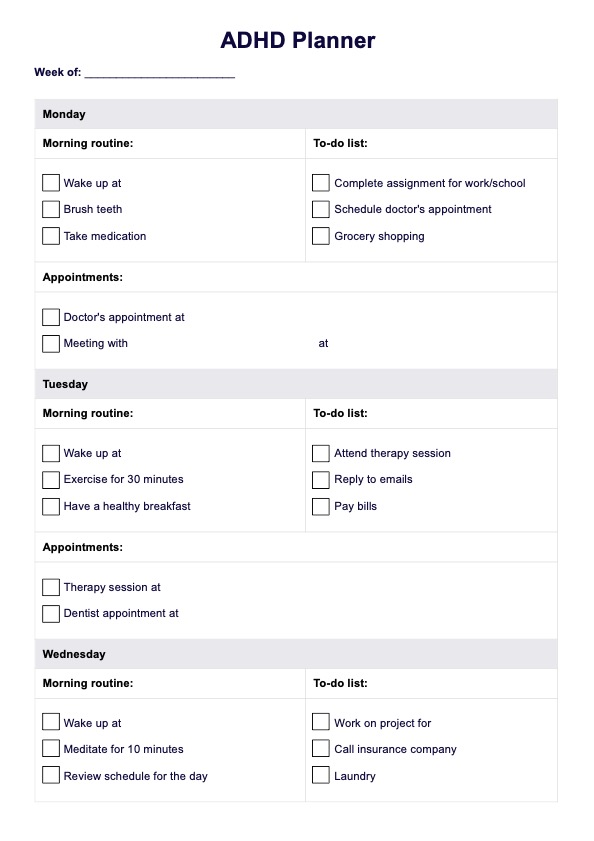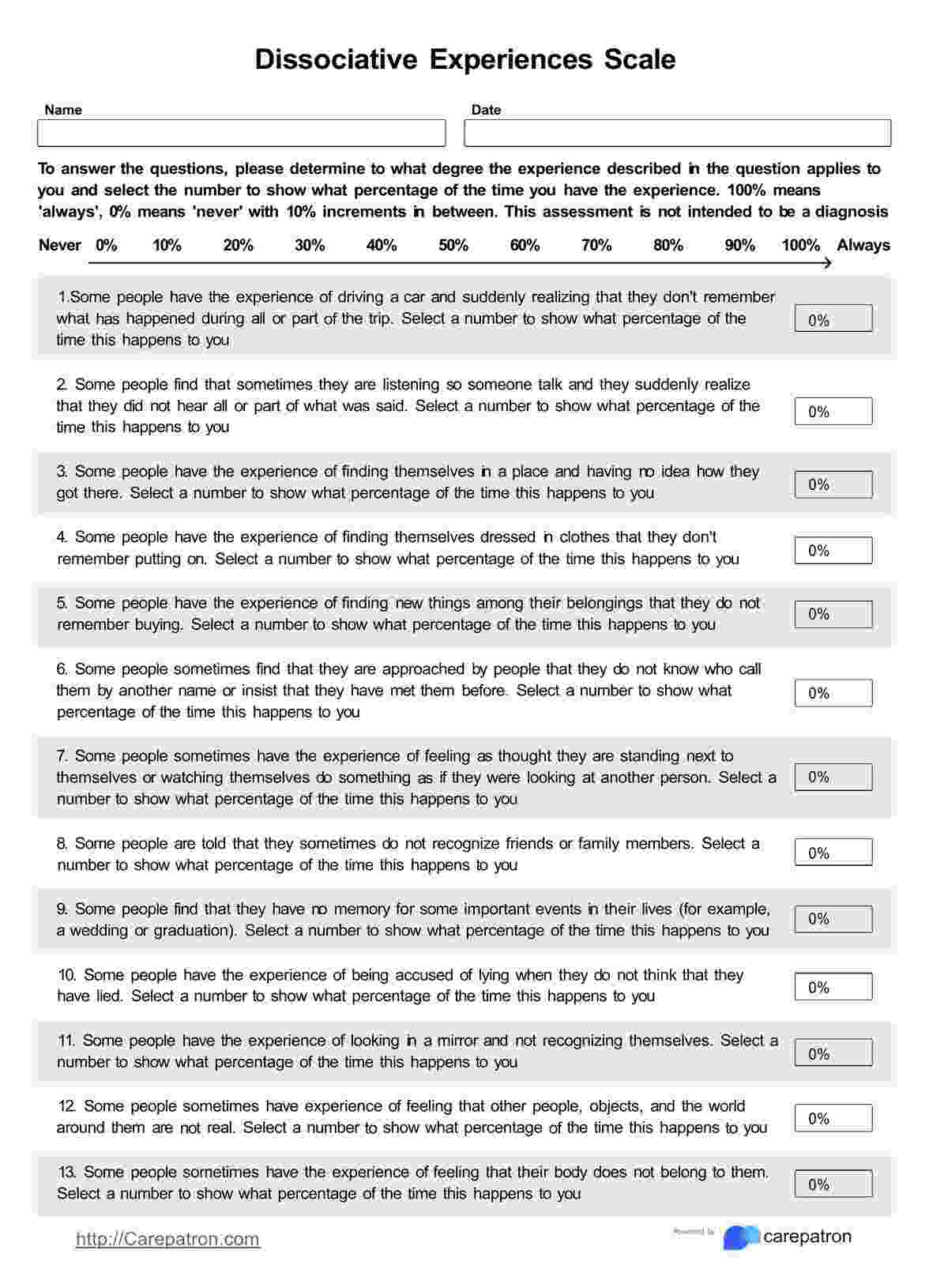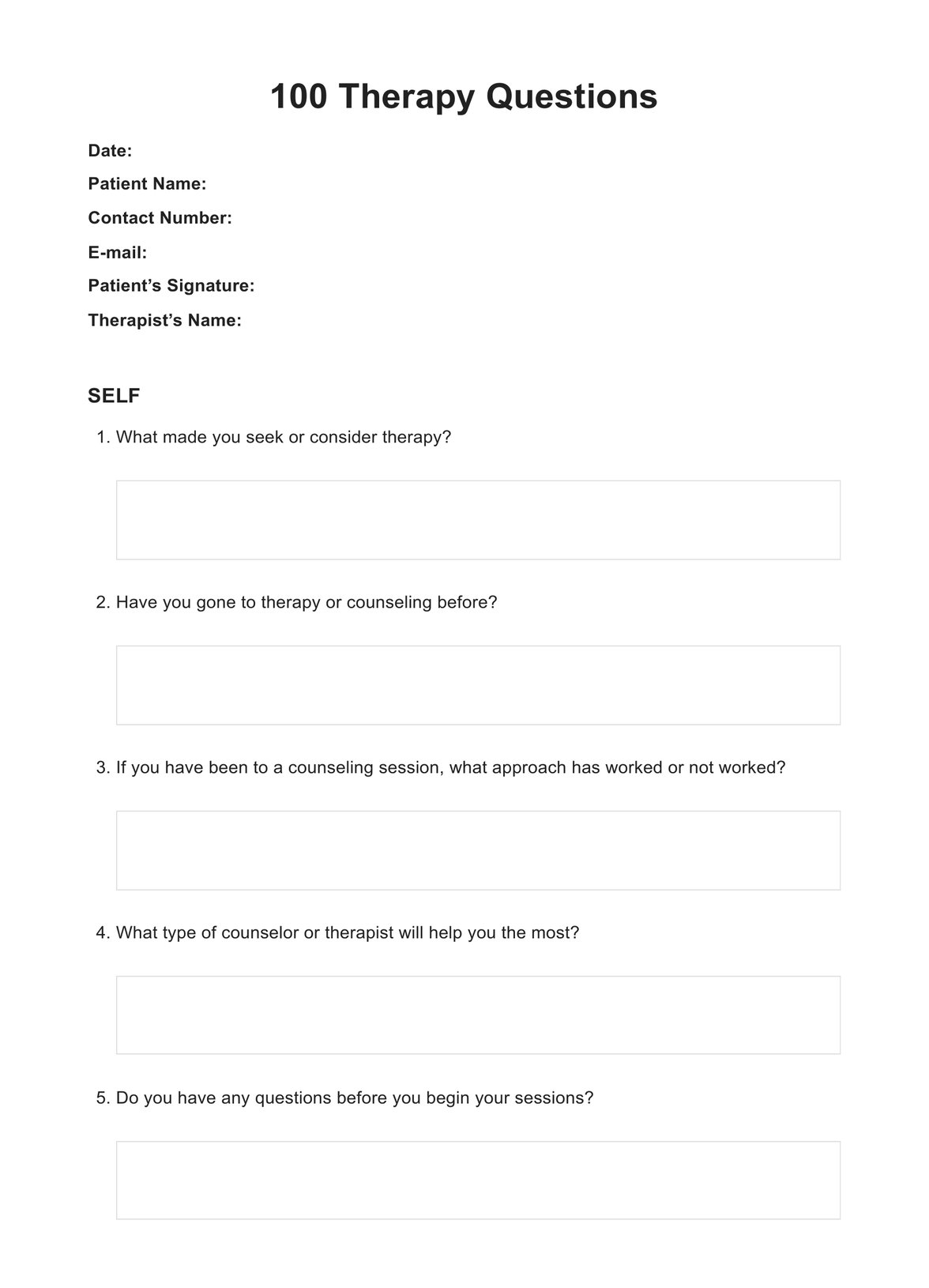Thinking vs. Feeling Test
Discover our Thinking vs. Feeling Test, a tool for mental health professionals to assess decision-making preferences and improve therapeutic outcomes.


What is the difference between thinking and feeling?
Thinking and feeling are two distinct processes that individuals use to make decisions and navigate their experiences. Thinking is the cognitive process of analyzing information, using logic and reasoning to evaluate facts and make objective decisions. It involves a more detached and analytical approach to problem-solving. On the other hand, feeling is an emotional process involving personal values, empathy, and subjective considerations to make decisions. It's about prioritizing relationships and considering how decisions will affect others emotionally.
The two are often pitted against each other but not incompatible. In fact, a balanced approach that incorporates both thinking and feeling can lead to more well-rounded and effective decision-making. Thinkers and feelers differ in their decision-making style; thinkers are more likely to prioritize facts and logic, while feelers are more likely to prioritize emotions and relationships. This distinction is crucial because it helps individuals understand their natural tendencies and can guide them in developing a more balanced decision-making process.
An emotional person, or a feeler, might make decisions based on how they or others will feel about the outcome, prioritizing harmony and empathy. In contrast, a thinker might focus on the logical consequences of a decision, aiming for fairness and objectivity in their decision-making process. Both approaches have strengths and weaknesses, and understanding one's natural inclination can help personal and professional growth.
Thinking vs. Feeling Test Template
Thinking vs. Feeling Test Example
What is a Thinking vs. Feeling Test?
A Thinking vs. Feeling Test is a psychological assessment tool designed to help individuals understand their predominant decision-making style. It is based on the psychological theory that people tend to rely more on either thinking or feeling when making decisions. The test consists of a series of statements or scenarios, and the individual is asked to choose the option that resonates more with their natural approach to decision-making.
The test aims to provide insights into a person's cognitive and emotional processes, which can be valuable in various contexts, such as therapy, personal development, and team dynamics. By identifying whether a person is more of a thinker or a feeler, mental health professionals can tailor their therapeutic approaches to better suit the individual's needs. Additionally, understanding one's decision-making style can enhance self-awareness and improve interpersonal relationships by recognizing and respecting differences in others.
The test typically includes statements that reflect logical, analytical thinking versus empathetic, value-driven feeling. For example, a statement might present a choice between making a decision based on factual evidence versus considering the emotional impact on others. The test results can help individuals understand their natural tendencies and explore ways to balance their thinking and feelings for more effective decision-making.
How to use our Thinking vs. Feeling Test Template
Our Thinking vs. Feeling Test Template is a valuable tool for mental health professionals to assess their patients' decision-making preferences. Here's a step-by-step guide on how to use the template effectively:
Step 1: Access the template
First, access the Thinking vs. Feeling Test Template through the Carepatron app or download it from our website. This ensures you have a standardized and comprehensive tool for administering the test.
Step 2: Explain the test
Introduce the test to your patient and explain its purpose. Clarify that there are no right or wrong answers and encourage them to answer as honestly as possible.
Step 3: Administer the test
Present the test to the patient, either on paper or digitally. Ask them to choose the statement in each pair that resonates more with their natural decision-making style.
Step 4: Score the test
After the patient completes the test, tally the scores for each column (thinking and feeling). The column with the higher score indicates the patient's dominant decision-making style.
Step 5: Discuss the results
Review the results with the patient. Discuss their dominant style and how it might influence their behavior and relationships. Explore areas where they might want to develop a more balanced approach.
Step 6: Provide recommendations
Based on the test results and the patient's circumstances, offer recommendations for personal growth or therapeutic interventions to help them make more balanced decisions.
By following these steps, mental health professionals can effectively use the Thinking vs. Feeling Test Template to gain insights into their patients' decision-making styles and provide targeted support for their psychological well-being.
How do you interpret the results of this test?
Interpreting the results of the Thinking vs. Feeling Test involves understanding the patient's dominant decision-making style and its implications for their behavior and relationships. Here's how to interpret the results:
Dominant thinking style
If the patient scores higher in the thinking column, it suggests a preference for logical and objective analysis in decision-making. Thinkers tend to value truth, fairness, and efficiency. They are more likely to focus on facts, principles, and consistency in their decisions. It may be helpful to explore how this analytical approach influences their interactions and problem-solving strategies in therapy.
Dominant feeling style
If the patient scores higher in the feeling column, it indicates a tendency to prioritize emotions and relationships in decision-making. Feelers value harmony, empathy, and consideration for others' feelings. They are more likely to make decisions based on personal values, the impact on people, and the desire to maintain positive relationships. In therapy, discussing how this empathetic approach affects their choices and interactions can provide valuable insights.
Balanced style
Some patients may have similar scores in both columns, indicating a balanced decision-making style. Depending on the situation, they can switch between logical analysis and considering emotional aspects. Exploring how they navigate this balance and the contexts in which they lean toward one style over the other can be beneficial.
Understanding the patient's decision-making style can help tailor therapeutic approaches and enhance self-awareness. It's important to emphasize that neither style is inherently better or worse; instead, the goal is to appreciate the strengths of each style and develop a more adaptable approach when needed.
What are the benefits of this test?
The Thinking vs. Feeling Test offers several benefits for both mental health professionals and their patients:
- Enhanced self-awareness: The test helps individuals understand their dominant decision-making style, whether they rely more on logic and analysis (thinking) or emotions and values (feeling). This awareness can lead to better self-understanding and personal growth.
- Improved communication: By recognizing their own and others' decision-making styles, individuals can tailor their communication to be more effective and empathetic, leading to better interpersonal relationships.
- Conflict resolution: Understanding the thinking-feeling dichotomy can help individuals navigate conflicts constructively by acknowledging different perspectives and finding balanced solutions.
- Personal development: The test can be a starting point for personal growth, encouraging individuals to explore and develop aspects of their decision-making that may be less dominant.
- Therapeutic insight: For mental health professionals, the test provides valuable insights into their patients' cognitive and emotional processes, aiding in developing tailored therapeutic approaches.
Overall, the Thinking vs. Feeling Test is valuable for enhancing self-awareness, improving interpersonal relationships, and supporting personal and therapeutic growth.
Commonly asked questions
You can determine if you are a thinker or a feeler by taking the Thinking vs. Feeling Test, which assesses your decision-making preferences based on logic or emotions.
Thinking involves making decisions based on logic, facts, and objective analysis, while feeling consists of basing decisions on emotions, values, and how they impact others.
Thinking learners prefer structured, logical information and analytical problem-solving while feeling learners favor a more personal, value-driven approach to learning.


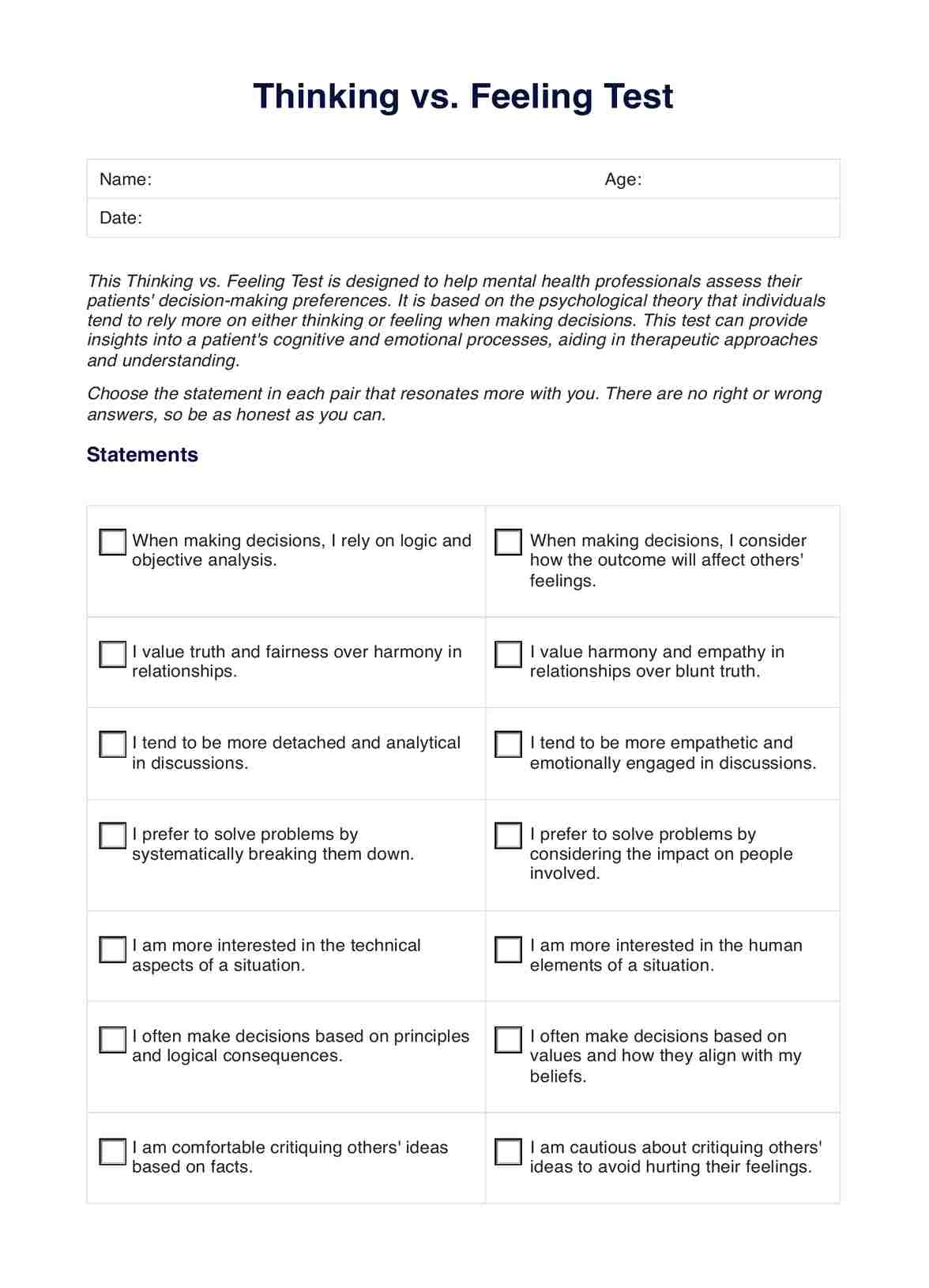
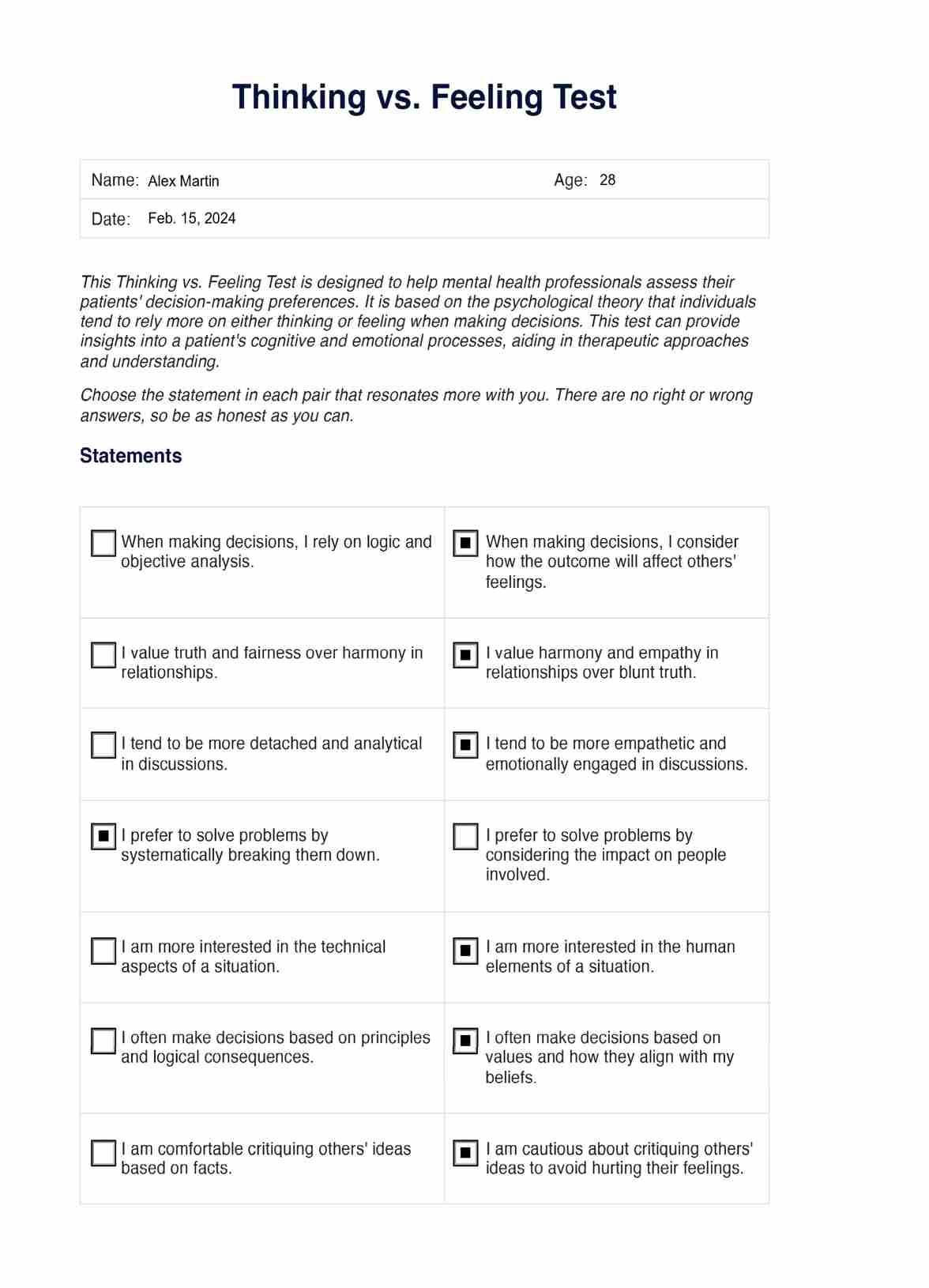

















-template.jpg)


























































































